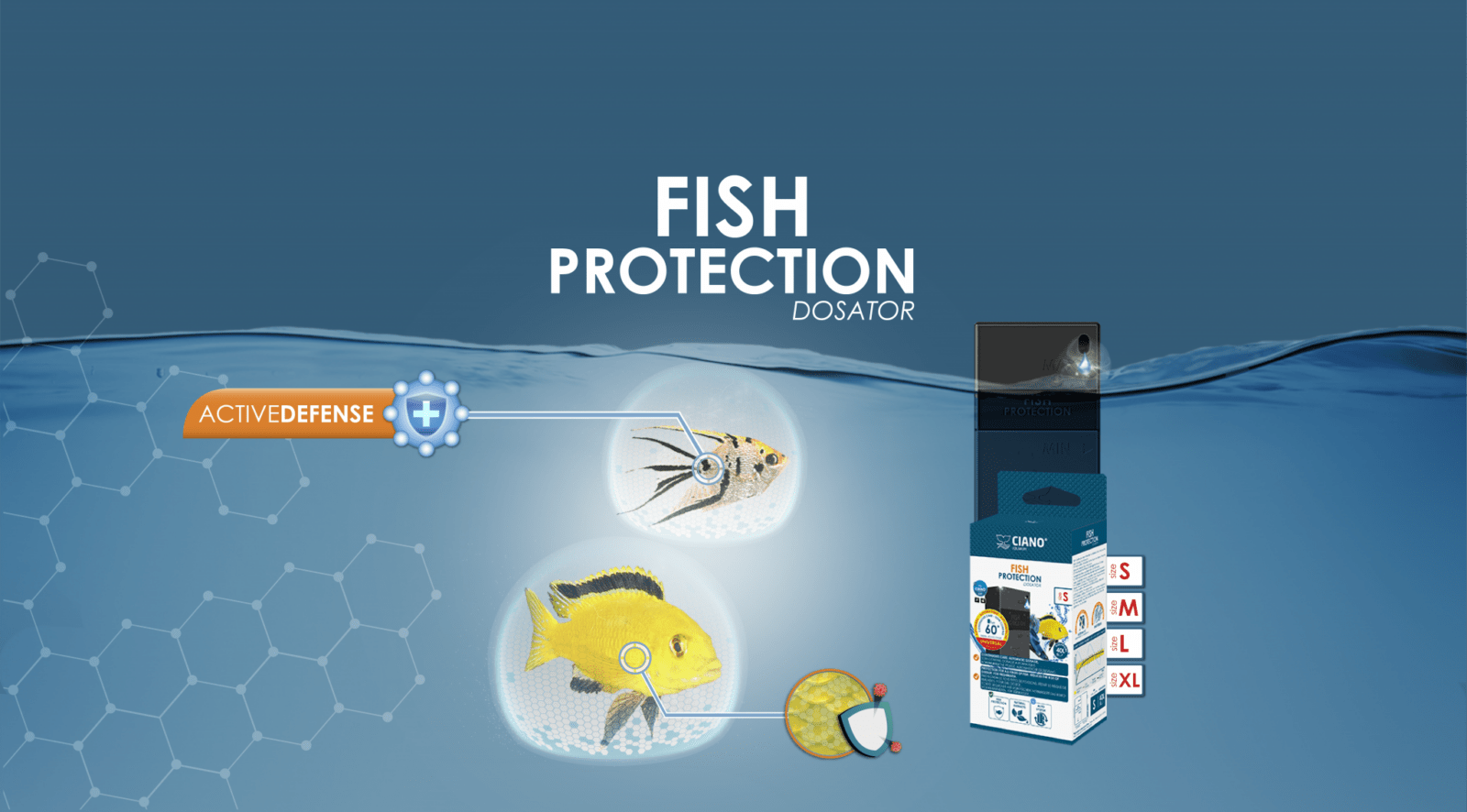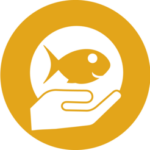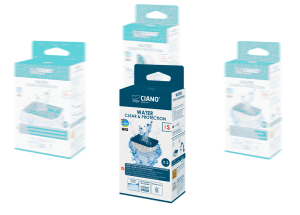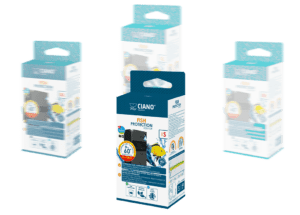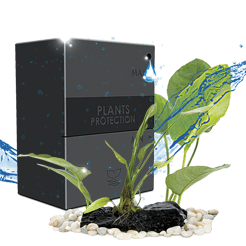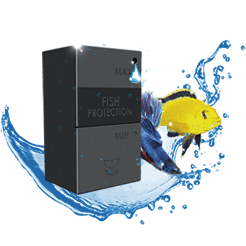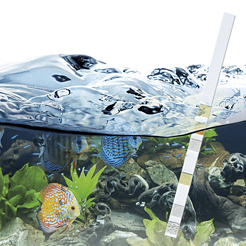How to Start an Aquarium: Step by Step
-
How to Start an Aquarium: Step by Step
-
What kind of fish can I have in my Aquarium?
-
How many Fish can I have in my Aquarium?
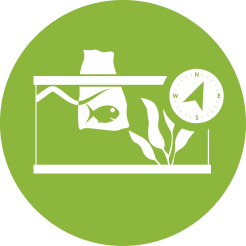
How to Start an Aquarium?
Ciano Care – Know how to install your Aquarium in a simple, easy way and ensure the best conditions for your Fish.

What kind of fish can I have in my Aquarium?
For those who want to start , the types of freshwater fish are the most recommended. Before starting a Planted Aquarium, it’s good to know what factors you should bring together.

How many Fish can I have in my Aquarium?
When you start this activity, the fishkeeping, the desire is to place the greatest number of fish, with the most different existing species. Get to know all the factors you should know about this topic.
Maintenance to have in the Aquarium
Ciano Care – Find out now all the maintenance you should do for Water, Fish and Plants.
Daily care of your fish
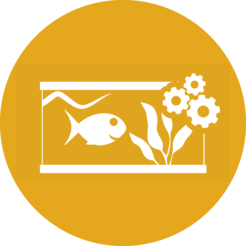
Daily, if you have species that require it, check the water temperature with the thermometer, and remember to always place it away from the heater so as not to tamper with the results. Know now the care you should take with Water, Fish and Plants.
Maintenance to have every 15 days
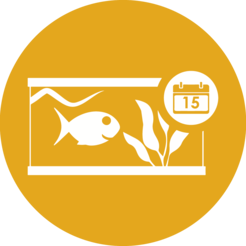
Every 15 days, check the visual appearance of the water, the development of algae and measure the water parameters with Water Test Strips and if you find anything anormal, follow the Curative Treatment.
- Add liquid Water Bio-Bact to ensure we have the amount of bacteria needed for optimal biological filtration.
Then check your fish in detail (rapid breathing, anormal behavior, wounds, spots, ETC…)
- If any anormal is detected, follow the Instructions in Curative Treatment. If everything is ok, add the Fish Protection (if you don’t have the Fish Protection dosator).
Every 15 days, also check that the plants do not have parasites, stems and fragile leaves or yellowish leaves.
- If you detect any such abnormality, inform your shopkeeper and ask for a solution and/or treatment.
Maintenance to have every 30 days
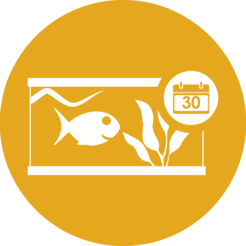
Every 30 days do a 25% partial water change and add Water Conditioner to prepare the water you will add to the aquarium.
- Clean the Water Foam and everything you think is necessary (bottom of the aquarium, glasses, etc.)
- Replace the Water Clear & Protection consumable. If you don’t have it, add Liquid Water Clear & Protection to ensure the water is crystal clear, free of turbidity and good chemical filtration.
Maintenance to have every 60 days
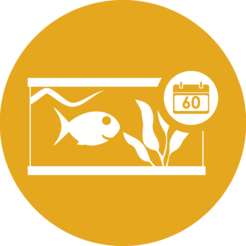
Every 60 days change the Fish Protection Dosator.
- Check if the water temperature is ideal for the fish that live in the aquarium.
- Do not overfeed;
- Always provide your fish with good food, both in quantity and quality. Check with your seller properly.
Also change, if you have, your Plants Protection Dosator to provide the nutrients needed for plants to grow strong and healthy.
- Plants need 8-12 hours of light per day (always obtain information from the plant seller about the recommended hours for each plant species).
Never exceed these recommended daily hours as this can cause algae to appear, and never place the aquarium near a source of sunlight.
Algae can cause great damage to plants if left unchecked. They grow the same way as the plants in your aquarium, with water, light and nutrients.
Algae problems begin to occur when there is a lack of maintenance in the aquarium.
Overgrowth occurs when there is a lot of light and decaying materials.
Maintenance to have every 90 days
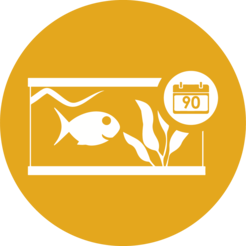
Every 90 days, replace the Water Foam, in order to guarantee a good mechanical filtration capacity.
Maintenance to have every 140 days

Every 140 days replace the Water Bio-Bact Cartridge, to ensure that we have bacteria for the rapid elimination of toxic substances, as with this product we can decompose ammonia, nitrite, nitrate, fish excretions and other residues, to ensure a good and effective biological filtration.
Care you should have with your fish
Ciano Aquarium
Curative treatment – Ciano Care
Aquarium Problems: Cloudy Water
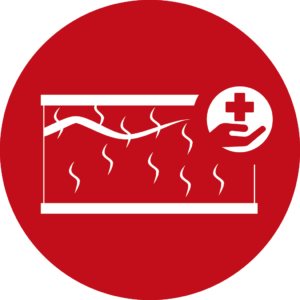
Water turbidity can usually be resolved as follows:
- Make sure the filter is compatible for the size of your Aquarium;
- Have a 25% water change once a month;
- Add Water Conditioner (dose always relative to the volume of water added);
- Reduce the amount of food you are giving your fish (remove the excess);
- Test the water using the Water Test Strip, high levels of ammonia and nitrite indicate excess food.
Add Water Clear & Protection after confirming all previous steps. When the turbidity disappears from the water add Water Bio-Bact liquid.
Aquarium Problems: Green Water (Algae Bloom)

Excess algae is usually associated with:
- Direct sunlight into the aquarium;
- Excessive food;
- Have a high level of phosphates and/or nitrates in each water supply;
- Excessive artificial lighting, never exceed the recommended 8-12 hours (ask for information about the recommended lighting time for your plants).
It can usually be resolved as follows:
- Remove algae trapped in the glass;
- Remove the Water Clear & Protection consumable;
- Reduce aquarium lighting time;
- Do a partial 25% water change;
- Add Water Conditioner (dose always relative to the volume of water added);
- Add Water Algae, as a temporary replacement for Water Clear & Protection;
- After 15 days and without algae, add the liquid Water Bio-Bact.
Aquarium Problems: Water Parameters Out of Reference Values
After measuring the water parameters with Water Test Strips, do you verify that the parameters are out of reference?
If yes, which ones?
Nitrites | Nitrates
- Perform a 25% partial water change;
- Add Water Conditioner (dose always relative to the volume of water added);
- Reduce food addition;
- Add liquid Water Bio-Bact.
GH
- Add Water GH.
Chlorine
- Add Water Conditioner.
KH
- Add Water KH & pH.
pH
- Add Water KH & pH.
After 24 hours retest the parameters with the Water Test Strips.
Fish Problems: White Spots?
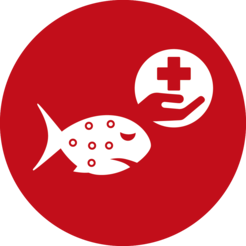
Symptoms include white spots on the surface of the fish’s body, wheezing (if they settle in the gills) and, itching or irritation, tending to rub the body on rocks and other aquarium accessories.
This disease is almost always associated with the introduction of contaminated fish or accessories in your aquarium. Still, this disease manifests itself when fish have a weakened immune system, due to sudden changes in temperature and/or pH, or when there is an excess of ammonia and nitrites in the water.
We recommend that you look for the right product together with your fish seller. For the prevention and strengthening of the immune system we recommend Fish Protection Dosator.
Fish Problems: Parasites?
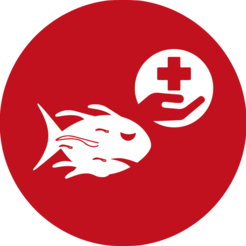
When they have parasites, fish tend to lose energy and become practically quiet, even eating as if they were healthy. Mucus usually appears on the fish’s body, and in some situations you can see the worms leaving the body.
The respiratory system goes through a process of acceleration and itching is also again indicated in the symptoms of this problem.
We recommend that you look for the right product together with your fish seller. For prevention and to have an antiparasitic barrier in your fish, we recommend the use of Fish Protection Dosator.
Fish Problems: Harmful Bacteria and Fungi?
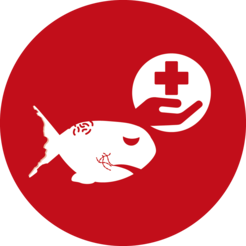
As for diseases caused by the exacerbated proliferation of bacteria, one of the main symptoms is tissue rot, and you may notice the presence of white spots in this region, evolving into inflammation until tissue degeneration.
Common in goldfish, the presence of bacteria also causes a problem in the fish density balance organ (the bladder), this causes a deficiency in the way the fish swims, sideways or belly up .
White or yellowish secretions, inflammation on the skin surface, bleeding and loss of scales, decomposition of the membranes, swollen belly and eyes as well as fish not swimming properly are the main symptoms.
We recommend that you look for the right product together with your fish seller. For prevention and active defense against parasites and bacteria we recommend Fish Protection Dosator.
Problems in Aquarium Plants: State of leaves and lack of nutrients?
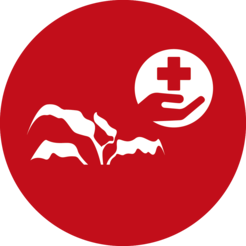
The diagnosis of diseases in plants is always at the level of yellowish or gnawed leaves, stems and very fragile and parasitic leaves.
We recommend that you search, together with your Plant seller, for the appropriate product.
For the supply of important nutrients for the growth and evolution of plants, we recommend the Plants Protection Dosator consisting of some of the most important macronutrients and micronutrients for plants.
Why Ciano Care?
The Ciano Care Page is a Ciano Aquarium page of advice and instruction for anyone who wants or practices Aquarium to ensure that their fish are healthy.
At Ciano Aquarium as Manufacturers and Aquarists, we like to ensure not only quality products, but also make this hobby educational, easy and responsible, so we’ve gathered the best information to help ensure you have the greatest success so that your fish are healthy and happy with our Ciano Care range.

Download – My CIANO
For greater and better management of its Ciano Care products, Ciano presents the My Ciano application, improved and aimed at the consumer, which allows real-time monitoring of the wear and tear of its consumables, creating alerts for their renewal and also, to know of all the news from the Ciano Care range and much more!


